
“I never imagined that in one day, my whole caseload would have such severe trauma due to a natural disaster,” a school clinical social worker said.

“I never imagined that in one day, my whole caseload would have such severe trauma due to a natural disaster,” a school clinical social worker said.
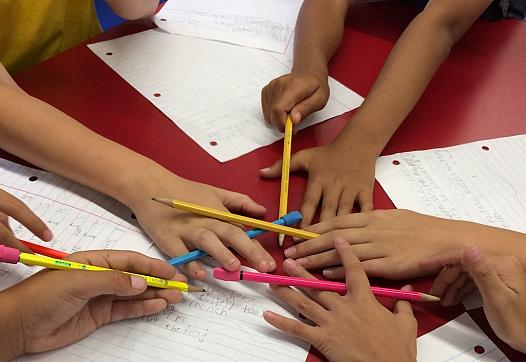
“I have kids telling me still, oh Ms. Henry I lost my stuffed animals that were in the garage and I know that they burned in there and it makes me very sad,” she said. “You know, those little things were people to them.”
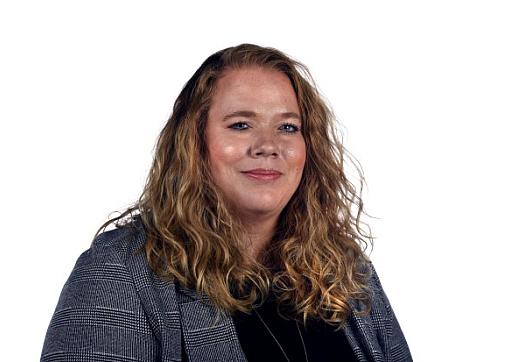
The rise in teen suicide is affecting communities across Colorado, but it’s been an issue for some time, with suicide now the leading cause of death for teens and children in this state.
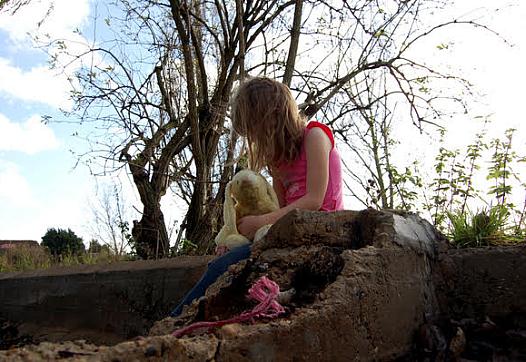
Prevention is always king, but what does the evidence say about the best way to treat kids who have already suffered abuse?
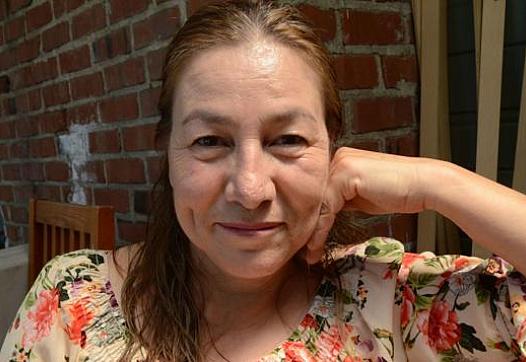
While rolling vineyards, and fine wines and dining come to mind when most of the world thinks of the Napa Valley, the financial burden Agustina Palafox faces because of housing costs is not unusual here.
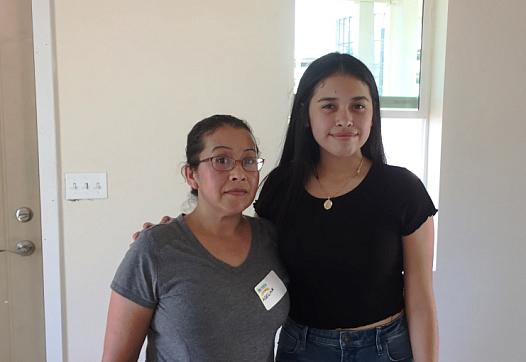
Standing in the Fountaingrove neighborhood, you can see the scar of the Tubbs fire stretch across the hillside. Two years later, the trees are still charred and the sounds of reconstruction are constant.

This story was produced as part of a larger project led by Nuala Sawyer, a participant in the 2019 California Fellowship.
Other stories in this series include:
Lost, Stolen, Sold: S.F. Violates Homeless Property Policy
S.F. Sees New Success in Treating Homeless People with Hep C
Keeping the Homeless
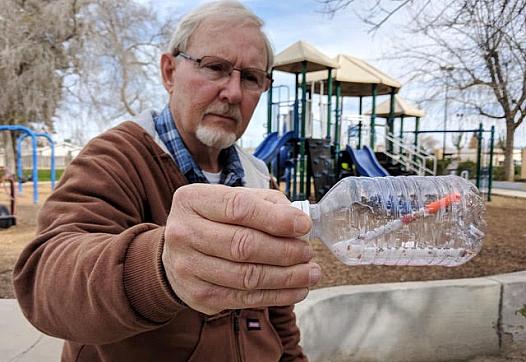
A reporter shares a handful of investigative reporting techniques that proved essential in overcoming blind spots among local health experts who were largely unaware of opioids' toll in their communities.
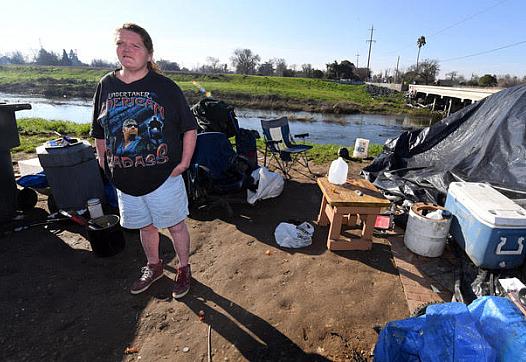
Even when the facts are presented and real people share their stories, some readers don’t believe it.
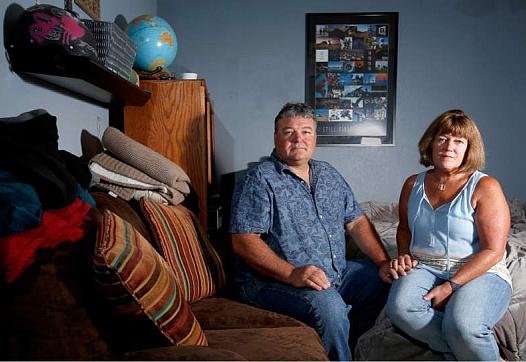
A Cotati woman describes a fragmented system of mental health care that at times treated her with dignity while at others like a criminal or animal. A Santa Rosa mother decries a system of services that abandons all but the wealthy and very poor.